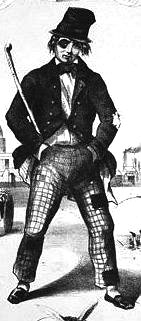Venue Type & Location
Overview
Address: 231 Dundas Street
Also Known As: London Mechanics Institute; Bennett's Theatre; Scott's of London
DESCRIPTION OF HISTORIC PLACE
The London Mechanics Institute Building is located at 229 to 231 Dundas Street, on the south side of Dundas Street, east of Clarence Street, in the downtown area, of the City of London. The four-storey white-brick library building was constructed in 1876.
The property was designated, by the City of London, in 1988, for its historical or architectural value or interest, under Part IV of the Ontario Heritage Act (By-law L.S.P. – 2982-79). The London Mechanics Institute Building is also protected by a municipal heritage easement agreement.
HERITAGE VALUE
The scale and opulence of the London Mechanics Institute Building makes it an impressive landmark within the City's downtown area.
The Mechanics Institute originated as an idealistic enterprise in Great Britain in the late 18th century and found fertile ground in Upper Canada. Its goal was the technical and cultural enrichment of the working man. The London Mechanics Institute Building is associated with its namesake organization, the London Mechanics Institute. The London Mechanics Institute was originally established in 1841. The London Mechanics Institute Building, at 229-231 Dundas Street, was the third and final building it operated from. It was constructed in 1876 under a design prepared by Thomas Tracy of the London architecture firm of Robinson, Tracy and Fairbairne. Despite this worthwhile goal, the objectives of the London Mechanics Institute were not realized and it eventually faded out of existence and its educational functions were taken on by the public library system.
The London Mechanics Institute Building is a prominent example of the Second Empire architectural style as applied to commercial design. Characteristic of Second Empire architecture, the Institute exhibits a mansard roof atop the central tower and the fourth-storey, which also features ornately decorated dormer windows. Other decorative elements which typify this style include the brackets below the cornices on the façade, the pilasters which are terminated by capitals that frame the upper-stories and the extended window sills.
Source: City of London, By-law L.S.P. – 2982-79.
"London Mechanics Institute Building". Canada's Historic Places. Parks Canada. www.historicplaces.ca/en/rep-reg/place-lieu.aspx?id=11682&pid=0

